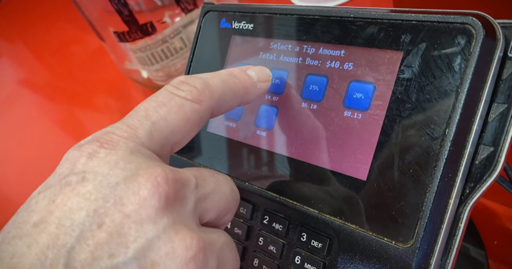Summary
Tipping in America has expanded into unexpected areas, with 72% of Americans saying it is expected in more places than five years ago, according to Pew Research.
While tipping can release feel-good neurotransmitters, a Bankrate survey found two-thirds of Americans now view it negatively, and one-third feel it’s “out of control.”
Critics highlight issues like social pressure and wage inequality, while businesses attempting no-tipping models, like a New York wine bar, have struggled to sustain them.
Many believe tipping culture has become excessive, with calls for reform growing.



That’s the weirdest argument ever. You tip on the basis of the quality of service. The server learns from feedback and training how to improve quality. It’s not a one and done situation, but a constant feedback and refinement.
Which is idiotic. At most other jobs, that is internal, impacts rewards like bonuses, and potential fireability. Just stupid to make it the customers problem.
It’s not that weird. Think of it like paying upfront for “the Cadillac service” where they treat you like a king versus someone else paying for the barebones service where they just do the bare minimum like at a car wash where you can buy different levels of a wash.
The only disconnect here is that tips are typically a percentage of your bill and you don’t necessarily know what that’ll be up-front but you could still commit to a specific percentage.